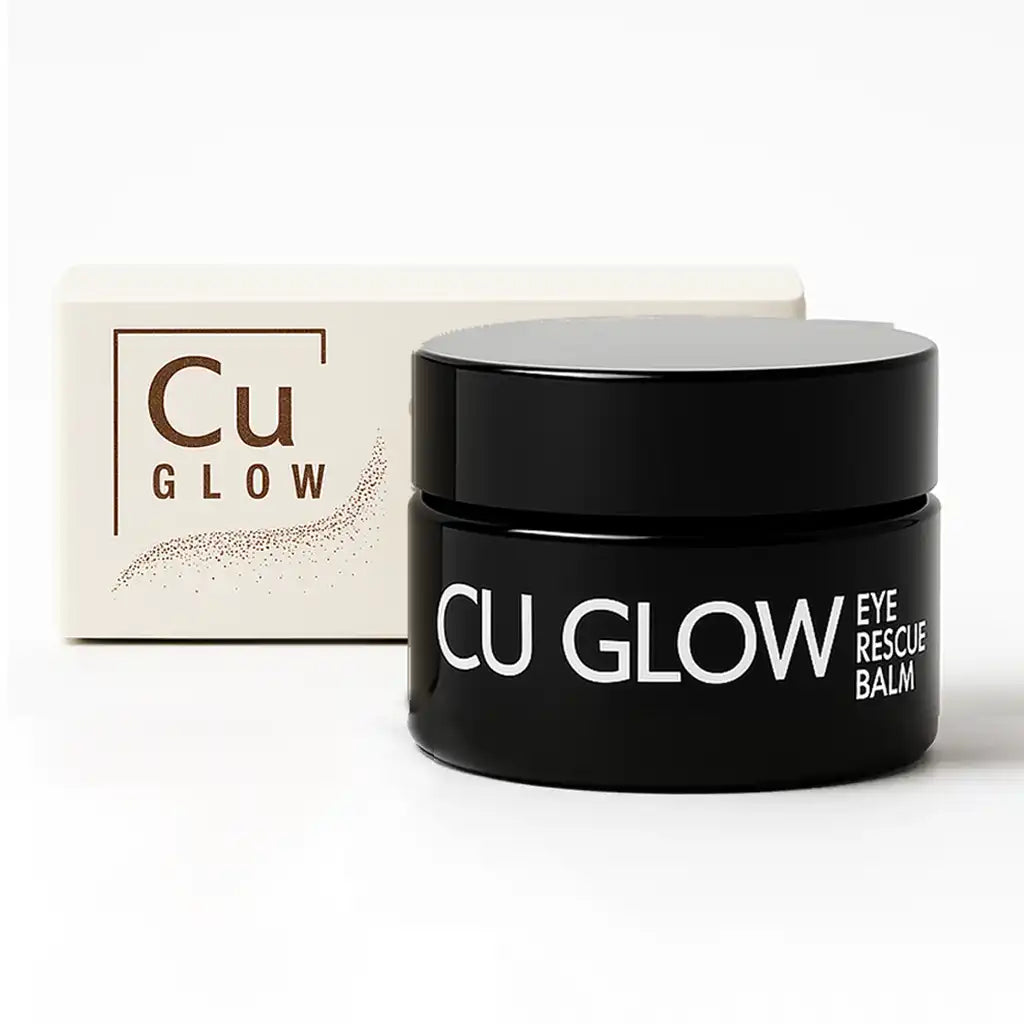Alpha BioMed
Cu GLOW Eye Rescue Balm (15mL)
Cu GLOW Eye Rescue Balm (15mL)
A provider account is required to view prices and to place orders. Click the button below to submit your application!
Have an account? Login here.
• Advanced Peptide and Exosome Technology for Brighter, Firmer Eyes
Wake up your eyes with Cu GLOW Eye Rescue Balm—a luxurious peptide-rich formula that combines advanced peptide science, NAD+ cellular renewal, and eXo™ Exosome delivery for visible transformation. Each application energizes, firms, and revitalizes the delicate under-eye area, leaving skin looking refreshed, radiant, and remarkably smooth.
• Copper Peptides for Firmness
This advanced Copper Tripeptide-1 complex supports collagen and elastin synthesis while strengthening the skin’s antioxidant defenses, resulting in visibly improved firmness, smoother texture, and enhanced resilience around the eyes.
• eXo™ Exosome Technology
Powered by next-generation eXo™ Exosomes, this bio-delivery system enhances the absorption and efficacy of key actives—promoting hydration, repair, and renewed vitality in the delicate eye area.
• NAD+ for Cellular Renewal
This powerhouse coenzyme is essential for cellular energy metabolism and DNA repair, helping to rejuvenate skin cells and visibly reduce signs of fatigue and aging to reveal a brighter, more revitalized appearance.
• Peptide Synergy for Targeted Recovery
A multi-peptide complex works synergistically to support microcirculation, minimize puffiness, and promote smoother, more lifted skin. Consistent use helps maintain firmness and youthful elasticity over time.
• Daily Under-Eye Renewal
Designed for everyday use, Cu GLOW Eye Rescue Balm absorbs quickly to restore brightness, hydration, and elasticity—revealing eyes that look rested, rejuvenated, and luminous.
Relevant Research
Najafabadi, A. H., Soheilifar, M. H., & Masoudi-Khoram, N. (2024). Exosomes in skin photoaging: biological functions and therapeutic opportunity. Cell Communication and Signaling, 22(1). https://doi.org/10.1186/s12964-023-01451-3
Ingredients: Water, Hydrogenated Palm Kernel Glycerides, Cetyl Alcohol, Glycerin, Octyldodecyl Myristate, Dicaprylyl Ether, Polyglyceryl-6 Distearate, Candelilla/Jojoba/Rice Bran Polyglyceryl-3 Esters, Glyceryl Behenate, Butylene Glycol, Acetyl Tetrapeptide-5, Nicotinamide Adenine Dinucleotide, Human Adipose Stromal Cell Exosome, Pentylene Glycol, Copper Tripeptide-1, Xanthan Gum, Sodium Phytate, Citric Acid, Phenoxyethanol, Ethylhexylglycerin, Alcohol, Tin Oxide, Titanium Dioxide, Mica

